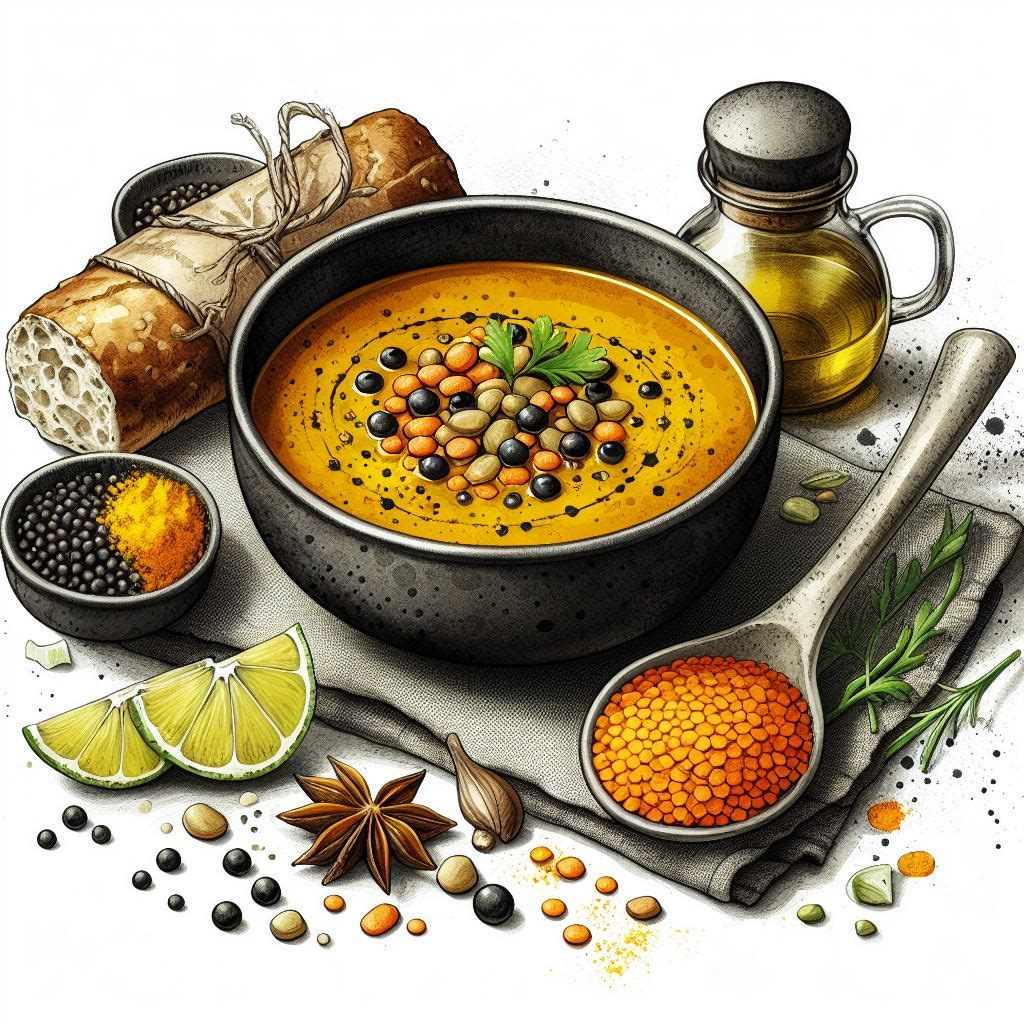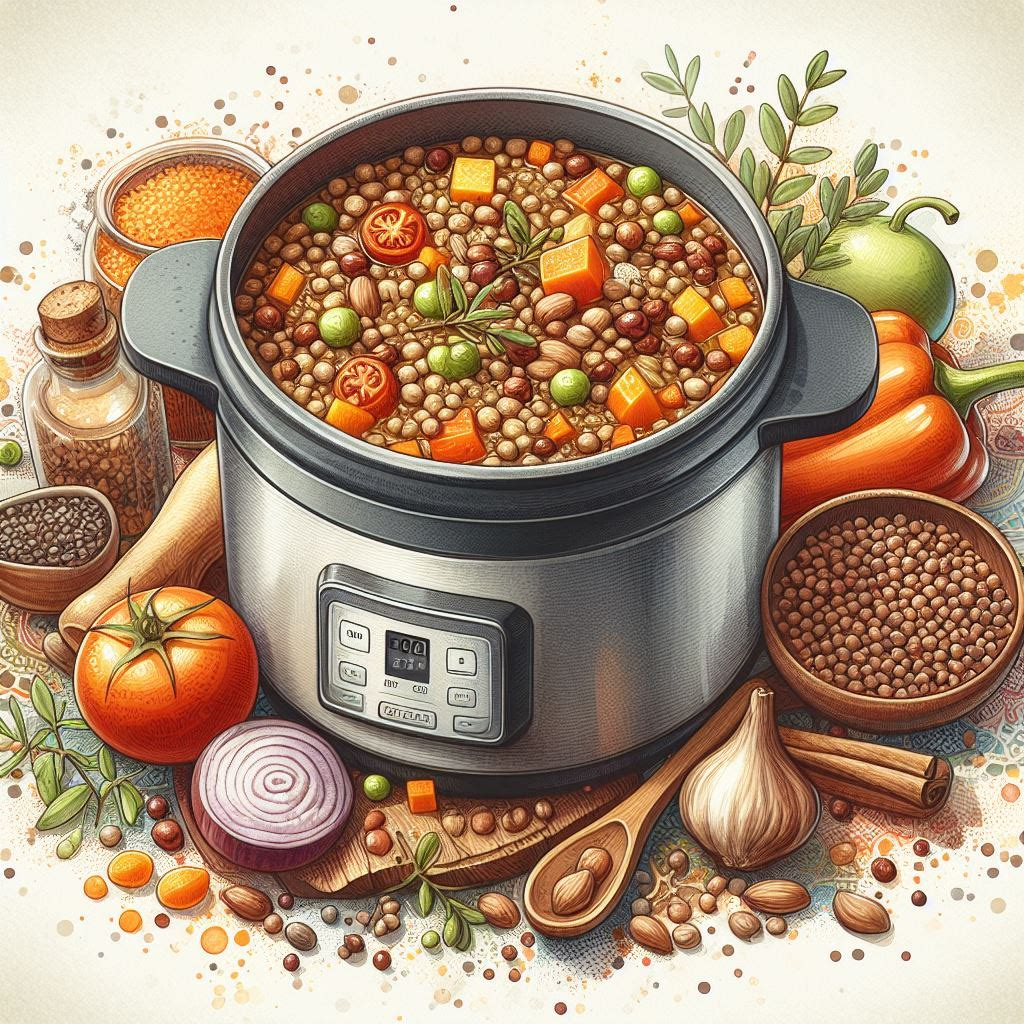Celiac disease is a digestive issue that messes with your small intestine. It stops your body from getting the good stuff out of food.
Gluten is the culprit here, a protein found in wheat, rye, barley, and sometimes oats. If you’re sensitive to gluten, you might have celiac disease.
When folks with celiac disease eat gluten, their immune system goes into overdrive, attacking the small intestine’s tiny bumps (villi). These bumps are crucial for soaking up nutrients from food. Without them, the small intestine struggles to do its job.
It’s a family affair too, as celiac disease often runs in families. But sometimes, life throws a curveball, like stress, surgery, or infections, and the symptoms pop up.
The symptoms vary from person to person. Some have tummy troubles like diarrhea or pain, while others feel down in the dumps. There’s a whole range, from constant bathroom trips to feeling tired or losing weight unexpectedly. Even tingling legs or odd-colored poop can be signs.
It’s not just about the physical pain either; celiac disease can take an emotional toll too, making folks feel moody or depressed.
But here’s the kicker: some people with celiac disease don’t show any symptoms. Even if they feel fine, their small intestine might still be in trouble.
Diagnosing celiac disease isn’t a walk in the park. The symptoms can mimic other tummy problems like Crohn’s disease or irritable bowel syndrome. Doctors might run blood tests or even take a tissue sample from the small intestine to be sure.
The only treatment? A gluten-free diet. No more wheat, rye, barley, or sneaky gluten hiding in condiments or dressings. It’s a big change, but it’s crucial for healing the small intestine and stopping further damage.
But going gluten-free isn’t easy. It requires careful label reading and avoiding cross-contamination. That’s where a dietitian specializing in celiac disease can lend a hand.
The good news is, once you cut out gluten, things start looking up. Symptoms often improve within days, and the small intestine usually heals within months to a couple of years.
Remember, celiac disease is a lifelong journey. It’s not just about avoiding gluten; it’s about taking care of your health and seeking support when needed.
So, if you suspect celiac disease, don’t hesitate to seek medical advice. With the right support and management, it’s possible to lead a fulfilling life despite the challenges of this condition.
When creating gluten-free food, it’s important to focus on naturally gluten-free content like fruits, vegetables, meats, fish, dairy, beans, legumes, and nuts. Additionally, gluten-free grains and flour such as lentil flour, rice, corn, quinoa, and almond flour can be used to create delicious and safe alternatives to traditional gluten-containing foods.
For example, you could include recipes for gluten-free versions of popular dishes like pizza, pasta, and bread, using gluten-free flour blends or alternative ingredients like cauliflower or chickpea flour. Other ideas include gluten-free desserts, snacks, and baked goods that cater to the diverse tastes and preferences of individuals following a gluten-free diet.
Overall, this website can help individuals with celiac disease enjoy a varied and delicious diet while effectively managing their condition.
Reference:
https://www.mayoclinic.org/diseases-conditions/celiac-disease/symptoms-causes/syc-20352220
https://celiac.org/about-celiac-disease/what-is-celiac-disease
https://medlineplus.gov/celiacdisease.html
https://my.clevelandclinic.org/health/diseases/14240-celiac-disease
https://www.hopkinsmedicine.org/health/conditions-and-diseases/celiac-disease




